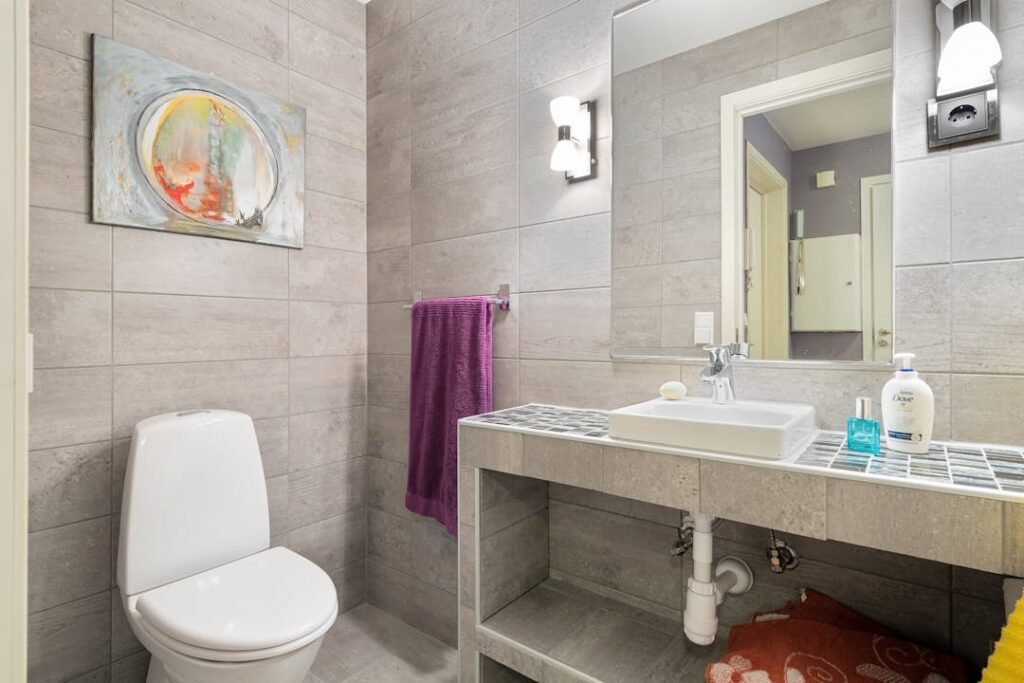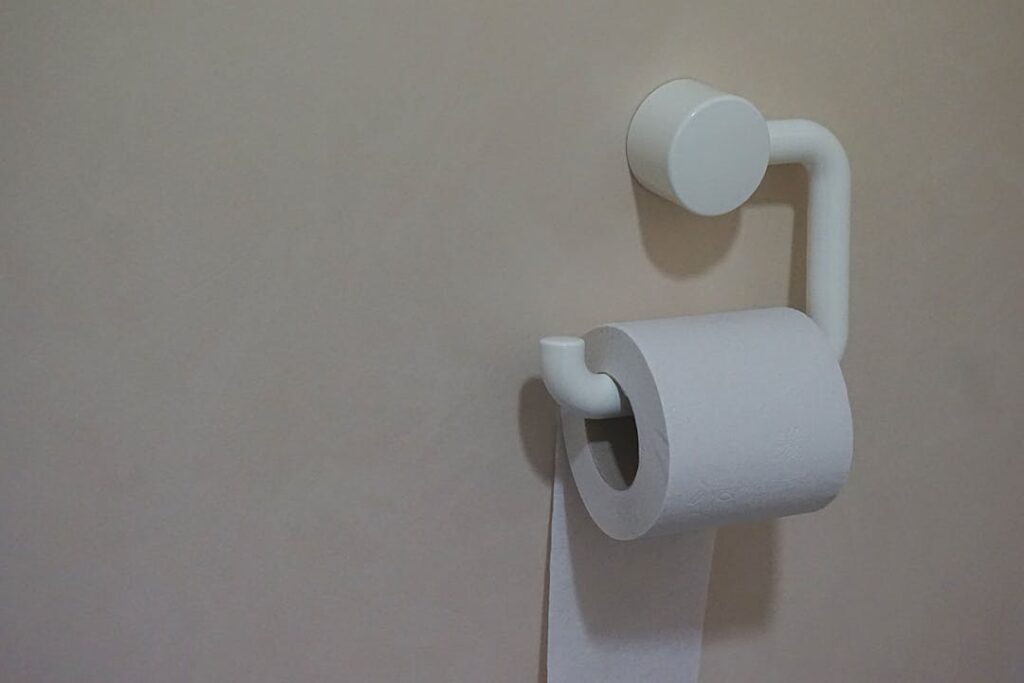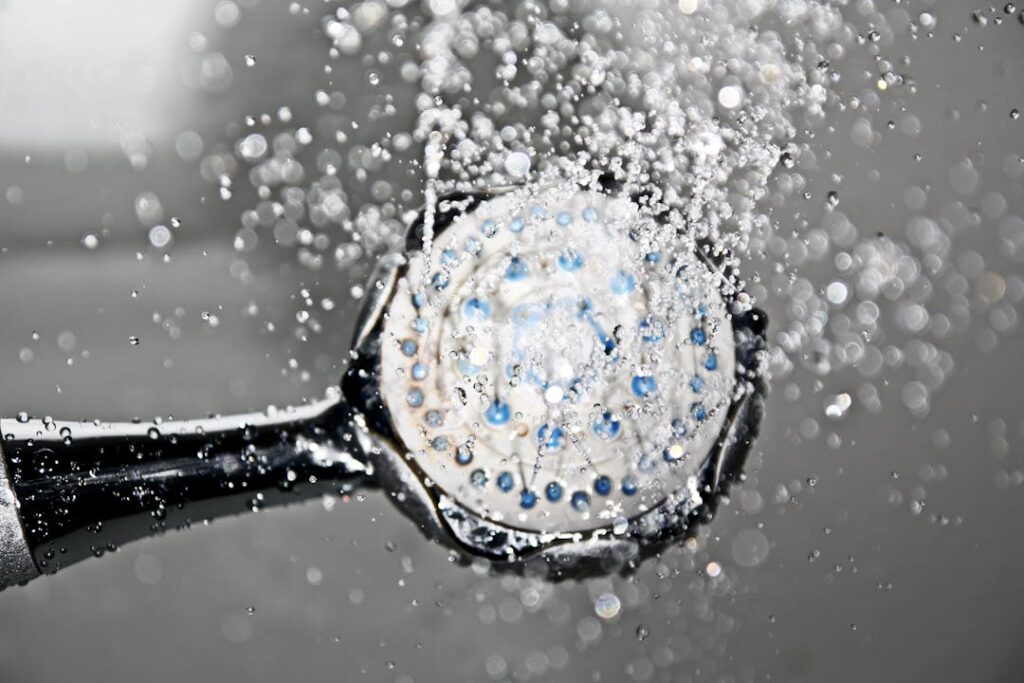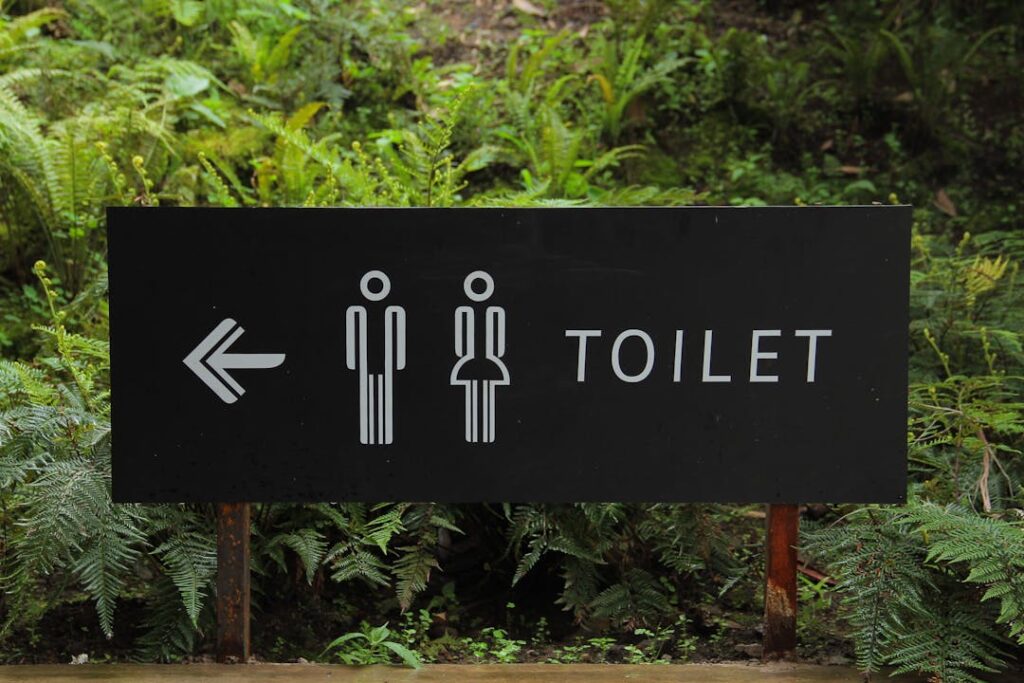Welcome to the ultimate guide where we delve into the world of good washroom practices, because, let’s face it, a well-maintained washroom is a happy washroom!
For a minute, let us digress. How do you feel when you visit a dirty washroom? Disgusted, I believe. Chances are that you recoil, and the need to use the facility disappears instantly.
Conversely, a clean facility is welcoming.
Let me guess… you end up spending more time there than necessary! In fact, some clean washrooms even keep magazines handy to entertain you as you do your stuff. Cheeky, right?
That’s the power of cleanliness.
Whether at home, at work, or out and about, following good washroom practices is not just about etiquette; It’s about promoting hygiene, comfort, and respect for everyone.
Further, maintaining good hygiene is essential for your overall health and well-being and that of others around you.
So, let’s explore some tips and tricks to make your washroom experience top-notch.

Best Washroom Practices
1. Keep It Clean
The cornerstone of good washroom practices is above all, cleanliness. Clean and disinfect surfaces regularly, including sinks, countertops, toilet seats, and door handles. A clean washroom not only looks inviting but also reduces the spread of germs.
Therefore, maintaining cleanliness in the washroom is the only game-changer. Have a designated space for your bathroom items such as tissue papers, soap and soap dispensers, toiletries, bathroom towels, etc. Don’t clutter your bathroom.
After that, properly wash your hands with soap and water. In their absence, use hand sanitizers to eliminate any lingering germs.
2. Respect Privacy
It is not certain that you have to use home toilet facilities always. Let us for a moment focus on the use of public facilities.
Common hygiene issues in public washrooms are often overlooked.
To begin, privacy is key in any washroom setting. Always knock before entering a stall and respect others’ personal space. If possible, avoid loud conversations or noises to maintain a peaceful environment. Have you heard of the joke where a guy was on the phone in a public toilet only for the guy in the next booth to keep replying? Annoying, isn’t it?
Next, always flush the toilet after use. Don’t leave any spots that were not there before your arrival.
At all times, don’t leave before washing your hands.
3. Use Proper Hygiene Products
Nothing is as annoying as visiting the washroom only to find that some toiletries have run out.
To counter this, equip your washroom with soap, hand sanitizer, toilet paper, and paper towels. Before leaving the toilet, replace anything you may have exhausted for a smooth experience for the next user.
Here’s a quick checklist for your bathroom products:
- Soap/soap dispenser
- Toilet paper/ paper dispenser
- Hand dryer or clean towels
- Disinfectant
- Air freshener

4. Waste Disposal: a Good Washroom Practice
In addition to the above checklist, this is a standalone for obvious reasons.
You must have designated bins for different types of waste, such as paper towels, sanitary products, and other trash.
Avoid flushing items that clog the toilet, like wet wipes or excessive toilet paper.
Also, dispensing and disposing of hygiene products properly is essential for your health and proper maintenance of your facility.
You don’t want to call in a plumber now and then for a problem you created by improper disposal. Do you?
5. Maintain Odor Control
A smelly toilet is a turn-off regardless of whether it looks clean.
Besides using toilet facilities responsibly, you need to leave them smelling nice, right?
For that reason, keep your washroom smelling fresh by using air fresheners or odor-neutralizing products after use and cleaning.
We encourage daily cleaning with baking soda and white vinegar to eliminate stubborn odors. Mix them in equal parts.
Other than cleaning, regular ventilation also helps in reducing unpleasant odors. Open the window in the toilet cubicle to let in fresh air.
6. Mindful Water Usage in the Washroom
Here we look at the usage of water in the bathroom tips. They may seem small but at length, you’ll save a substantial amount of water.
First, conserve water by fixing leaks promptly. Small drips, at large, amount to big spills.
Do you have fixtures like taps where water seems to gush out? Replace them with water-efficient fixtures. There are modern water-saver faucets with sensors that can give you considerable savings in bills.
Avoid unnecessary flushing of the toilet.
Avoid using a bathtub and at the same time, make your showers shorter.
Don’t run the water tap as you brush your teeth. Running a tap for two or three minutes is a substantial waste. Make every drop count to promote sustainability.
7. Follow Accessibility Guidelines
Modern construction facilities have taken the needs of differently-abled persons.
Is your washroom accessible to people with disabilities, including wheelchair users? If not, install grab bars, accessible sinks, and adequate space for maneuvering. These facilities should be at ground level.
You can also do the following:
- Make the toilet accessible from a seated position
- Have a walk-in shower that can accommodate a wheelchair and with a long adjustable hose

- Renovate the fixtures like sinks so that they are at an accessible level
- You can install a bathtub that easily fills and drains water
8. Encourage Respectful Behavior
In your household, promote a culture of respect and inclusivity in the washroom, especially for the young ones.
Encourage users to clean up after themselves and report any maintenance issues promptly.
For shared washroom spaces, remind all users to keep the area clean and to maintain a respectful attitude. Monitor the situation regularly to ensure everyone is being respectful and courteous.
9. Educate and Inform
Provide signage and information about good washroom practices to raise awareness among users.
Simple reminders, particularly in public washrooms, can go a long way in fostering a clean and hygienic environment.
For instance, put signage telling people:
- ‘Did you wash your hands?’
- ‘Flush after use’
- ‘Mind the next user’
- ‘A wheelchair sign’
- ‘Women, Men, No gender’ etc.

10. Seek Feedback to Improve Washroom Practices
For public places like hotels, restaurants, offices, etc, it’s important to have a feedback system, like opinion boxes.
When you regularly seek feedback, you can improve washroom facilities and address any concerns promptly.
A collaborative approach ensures that everyone’s needs are met effectively.
Final Thoughts
In conclusion, good washroom practices are essential for maintaining a hygienic, comfortable, and welcoming environment.
When you follow these simple guidelines, you contribute to a positive washroom experience for yourself and others.
Happy washroom experience.
What other washroom etiquette would you suggest? Share in the comments.
Do you need professional help in cleaning your bathroom? Engage us
Your Questions on Good Washroom Practices Answered
Why is it important to maintain good washroom practices?
Good washroom practices are crucial for promoting hygiene, preventing the spread of germs, and creating a comfortable environment for all users.
How often should I clean and disinfect the washroom?
We recommend cleaning and disinfecting the washroom regularly, ideally daily or at least a few times a week, to ensure cleanliness and prevent the buildup of germs.
What should I do if I encounter a maintenance issue in the washroom?
If you have any maintenance issues such as leaks, broken fixtures, or cleanliness concerns, report them promptly to the appropriate authorities or facility management for swift resolution.
How can I conserve water in the washroom?
You can conserve water by fixing leaks without delay, using water-efficient fixtures, avoiding unnecessary flushing, and practicing mindful water usage during activities like brushing your teeth or washing your hands.
Are there specific guidelines for washrooms in public places?
Certainly! Public washrooms often have guidelines and regulations to ensure accessibility, cleanliness, and user comfort. So, follow posted instructions and respect others’ needs when using public washroom facilities.
Leave a Reply